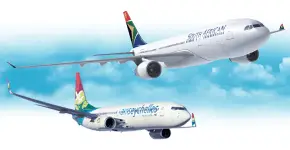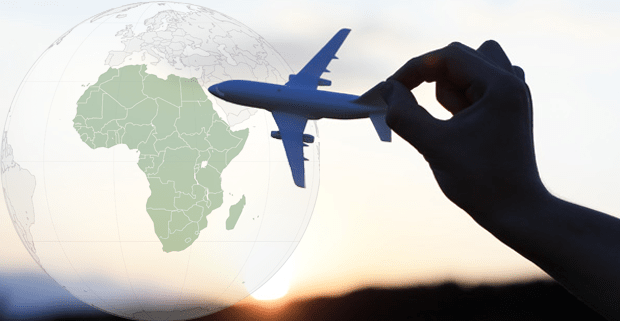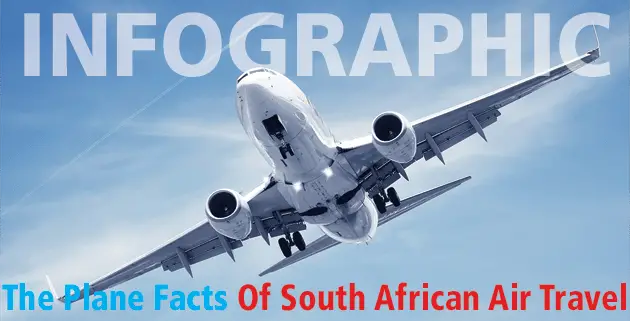SAA seeks to boost performance
South African Airways acting CEO Vuyisile Kona is preparing plans to increase revenue and improve efficiency in a new bid to boost the performance of the ailing state-owned carrier, writes Nicky Smith.
The company was forced to borrow R550-million from banks in November to finance its operations for December because of the festive season lull in passenger traffic.
According to Mr Kona, the plans, handed to SAA’s board were a set of “interim measures” aimed at stabilising the business.
The airline’s board and its shareholder, the Department of Public Enterprises, were devising a longer-term turnaround strategy to be handed to Public Enterprises Minister Malusi Gigaba in March.
“Our chairperson (Dudu Myeni) has told us she wants us to do more; it cannot be business as usual at SAA,” Mr Kona said.
He said everything — including fuel contracts, catering services and technical and maintenance divisions — was being scrutinised for efficiency.
“We are going through difficult times, and we are trying to get our house in order — that is why we are pushing ourselves to be as operationally efficient as possible because we can’t just go out and borrow money,” Mr Kona said.
SAA spends about R6.5-billion on fuel each year, or R540-million a month. Fuel accounted for as much as 40% of the business’s operational expenses, he said. Department of Public Enterprises spokesman Mayihlome Tshwete described the airline as a business “in distress.
He said borrowing against the R5-billion guarantee extended to the airline in October to fund its operations had always been envisaged.
“What did people think the R5-billion guarantee was supposed to be for? They were always going to use it…. R1.5-billion of that loan was designated for possible future working capital requirements,” Mr Tshwete said.
Mr Kona said the R550-million loan was currently repayable after three months, but Mr Tshwete said the repayment period and further loans the airline may require were still the subject of discussion.
“Some of processes have not been completed. Discussions are still going on with financial institutions. Some of the assertions on the funding make the assumption that these deliberations have been concluded,” Mr Tshwete said. “The payback date and the month have not been finalised. Right now we are discussing the details of what type of financial support SAA is trying to find.”
December usually has lower passenger volumes because of the unequal traffic created by returning holiday-makers, Mr Kona said.
Mr Kona added that SAA’s long-term fuel contracts had recently expired, and a new tender was being issued in the hope of securing cheaper fuel than the carrier was able to procure from the big five suppliers in South Africa.
“There has been interest in supplying us with fuel from overseas sources … from Europe. We are even looking at getting fuel from oil traders,” he said.
“Traders are coming to us and saying, ‘This is what you can do.’ We are looking at everything.”
Published with acknowledgement to Business Day – http://www.bdlive.co.za.
| Standards warning as African aviation boomThe aviation industry in Africa is on the cusp of an unprecedented and extended boom, which augurs well for growth on the continent, but must also prompt a serious review of standards that can impact on safety and security, writes Natasha Jones.
“As the world comes to Africa looking to reap the benefits offered by emerging markets, the industry on the continent is already starting to noticeably expand, with new contracts and tenders coming on-stream over the length and breadth of the region,” says Forsyth Black, Senior Vice-President for Africa, the Middle East and India of Menzies Aviation, which operates at 136 airports in 29 countries. “However with this increased traffic comes an increased responsibility to ensure that standards, including those related to support services such as baggage handling, passenger and aircraft services, are not neglected. Failing to ensure that these services keep up could have impacts that range from merely annoying to disastrous for citizens of developing countries and travellers alike,” he says. It is believed that Africa will become home to more than 1200 new airliners in the next two decades as local economies grow, bringing increased trade and investment. Recently, Ethiopia was one of the first countries in the world to order Boeing’s latest, the 787 Dreamliner. At last In the aviation industry alone, 2012 has seen the launch of Fastjet, a new pan-African airline backed by Lonrho and Stelios, the founder of EasyJet. At the time of writing, there are entire new airports being built in Senegal, St Helena and Mozambique, and new terminals or refurbishments being completed in Morocco, Mauritius and Mozambique, says Black. “On a continent as vast and in places as inaccessible as ours in Africa, aviation is key to trade and tourism as well as cross border travel for Africans. Access to a safe, secure and modern aviation infrastructure is an economic imperative for Africa and its citizens.” |
For more information visit: http://www.menziesaviation.com/.





